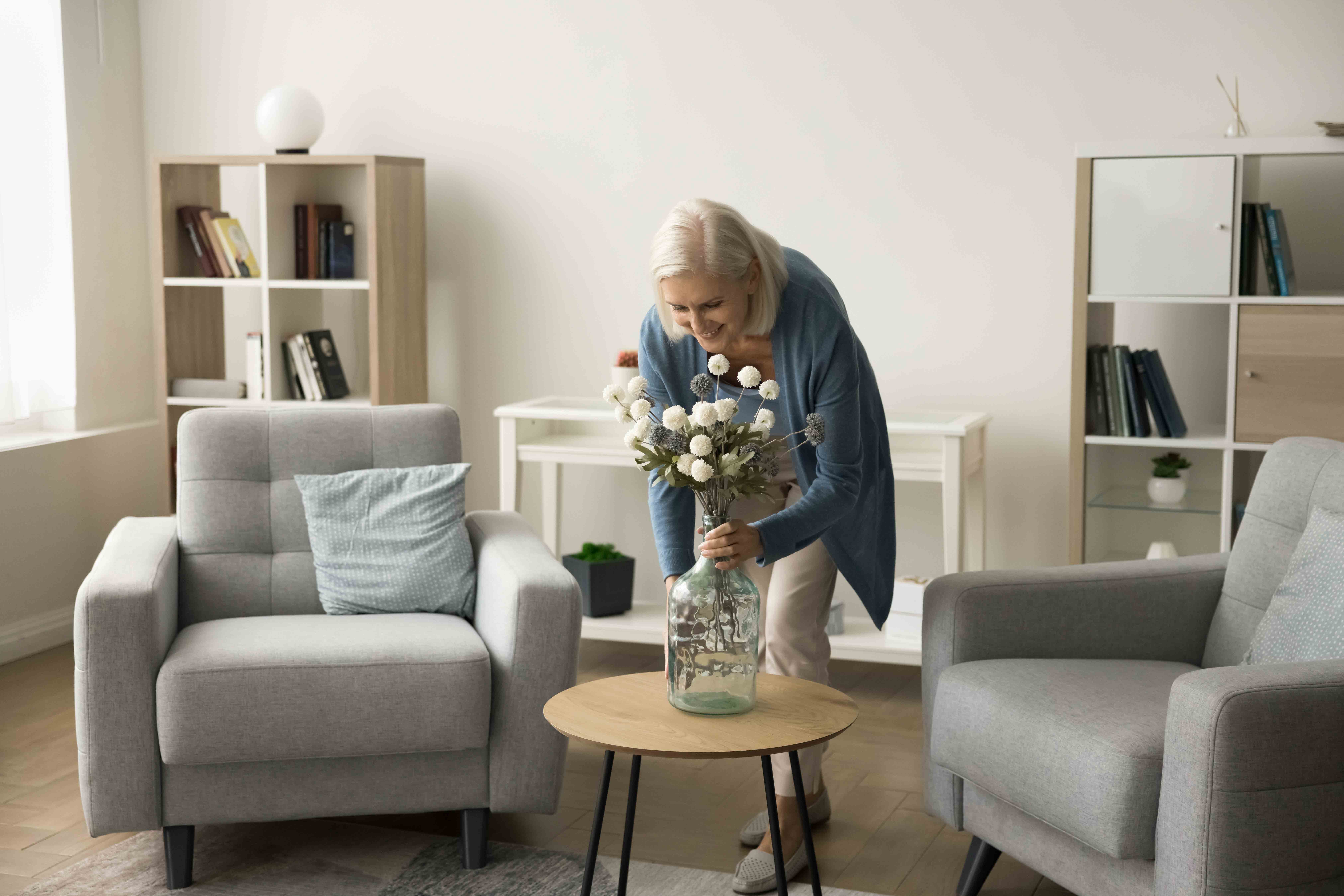Minimalism in Method: Efficient Strategies for Creating a Balanced and Intentional Home Atmosphere
The practice of minimalism supplies a structured approach to cultivating a home environment that reflects intentionality and equilibrium. Incorporating multi-functional furniture and consistently reassessing valuables adds to a room that resonates with individual values.
Recognizing Minimalism
Minimalism, typically misinterpreted as simple simpleness or an absence of possessions, encompasses an extensive approach that motivates people to curtail their lives to what really matters. At its core, minimalism is about intentional living, fostering a deeper connection with oneself and the surrounding atmosphere. This lifestyle supporters for the elimination of excess, permitting individuals to concentrate on important values, experiences, and relationships.
The minimal method extends past physical ownerships; it encourages people to evaluate their dedications, practices, and psychological mess. By prioritizing top quality over quantity, minimalists seek to produce spaceâEUR" both actually and metaphoricallyâEUR" wherefore truly enriches their lives. This ideology advertises mindfulness, urging individuals to participate in thoughtful decision-making regarding their time, resources, and power.
Understanding minimalism requires a recognition of its transformative potential. Ultimately, minimalism serves as a path to higher gratification, encouraging individuals to align their lives with their core worths and desires.
Decluttering Your Space
A messy environment can considerably affect mental clearness and general health. To grow a calm and organized space, it is vital to involve in a thorough decluttering process. Begin by examining each room methodically, recognizing items that no longer offer a purpose in your life or align with your worths. This process requires honesty and discernment.
Tackle one area each time to prevent feeling bewildered. Begin with smaller sized spaces, such as a drawer or a corner of a room, and slowly progression to bigger areas. As you arrange with valuables, classify products right into 3 groups: keep, donate, and discard. This approach not only simplifies decision-making however also simplifies the decluttering process. Minimalism.
Once completed, take into consideration carrying out a "one in, one out" guideline to prevent future buildup. By establishing a conscious strategy to your properties, you create a more willful living space that fosters clearness and boosts your total high quality of life.
Curating Your Valuables
Curating your personal belongings includes a willful and thoughtful strategy to what you pick to maintain in your life. This procedure begins by examining each product based on its energy, nostalgic worth, and visual appeal. By asking critical questionsâEUR" such as whether a product serves an objective or brings you joyâEUR" you can make enlightened choices about what really deserves a place in your home.
To successfully curate your possessions, consider developing categories. Team things by function, view, or regularity of use, which can aid clarify their functions in your day-to-day live. This method not just simplifies the option process yet likewise promotes a deeper recognition for the possessions you pick to keep.
Once you have recognized your most valued items, focus on presenting them in such a way that boosts their significance. Thoughtful plan can change daily objects go to my site right into significant focal points, contributing to a tranquil and willful setting.
Eventually, the objective of curating your personal belongings is to grow a room that shows your values and way of life. By prioritizing top quality over quantity, you develop a harmonious environment that advertises mindfulness and health in your home.
Designing for Performance
Creating for performance needs an eager understanding of how space and things connect within your home. Each thing should serve a purpose, improving not only the aesthetic high quality of the setting but also its use. Begin by assessing the primary features of each area. The kitchen needs to help with cooking and dish prep work, while the living space ought to promote relaxation and social communication.

Think about the circulation of activity within each area, permitting all-natural changes in between areas. This can be achieved through open layouts or purposefully positioned furniture that motivates circulation.
Making use of upright space can additionally improve functionality; mount shelves or wall-mounted storage to maintain floors clear. Emphasize the value of lighting, as it can considerably influence how functional a space really feels. By focusing on energy and simplicity, you can develop an unified living environment that navigate to this site supports both day-to-day tasks and personal health.
Keeping a Minimal Way Of Living
Producing a practical area is only the very first step toward welcoming a minimalist way of living; the challenge exists in preserving that simplicity over time. Taking on the "one in, one out" rule can successfully avoid build-up; for every new thing presented, an existing one should be gotten rid of.
Another essential aspect is mindfulness in consumption. Being intentional concerning acquisitions assists prevent impulse gets that can clutter both physical and mental space. When buying, take into consideration whether a thing adds real worth to your life or aligns with your minimalist goals.

Lastly, develop an encouraging atmosphere by surrounding yourself with like-minded individuals who value minimalism (Minimalism). Engaging in conversations or taking part in minimal communities can offer motivation and liability, making certain that simpleness remains a core principle in your day-to-day live
Conclusion
In final thought, the method of minimalism fosters a well balanced and intentional home setting with methodical decluttering, thoughtful curation of possessions, and the prioritization of capability in design. By taking on techniques such as the "one in, one out" rule and engaging with encouraging areas, individuals can sustain a minimalist way of life. This strategy not only minimizes excess but also improves mindfulness, ultimately adding to a much more meaningful and deliberate living experience.
Incorporating multi-functional furniture and on a regular basis reflecting on valuables adds to an area that resonates with personal values. By establishing a mindful approach to your possessions, you develop a more deliberate living area that cultivates clarity and enhances your general top quality of life.Designing for performance requires an eager understanding of just how space and things engage within your home.Developing a functional space is just the first action towards embracing a minimalist way of living; the difficulty exists in keeping that simpleness over time. Being deliberate about acquisitions aids prevent impulse acquires that can mess both psychological and physical area.
Comments on “Checking Out the Long-Term Influence of Minimalism on Mental and Emotional Wellness”